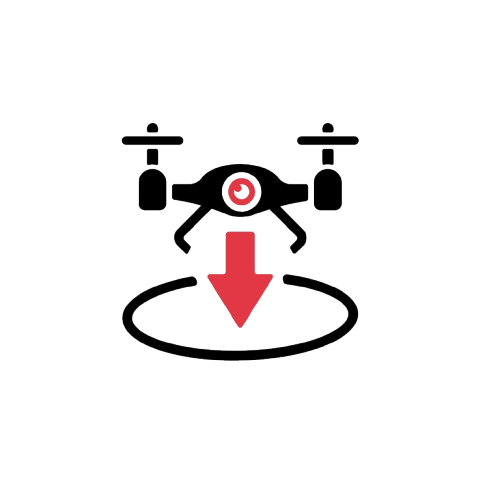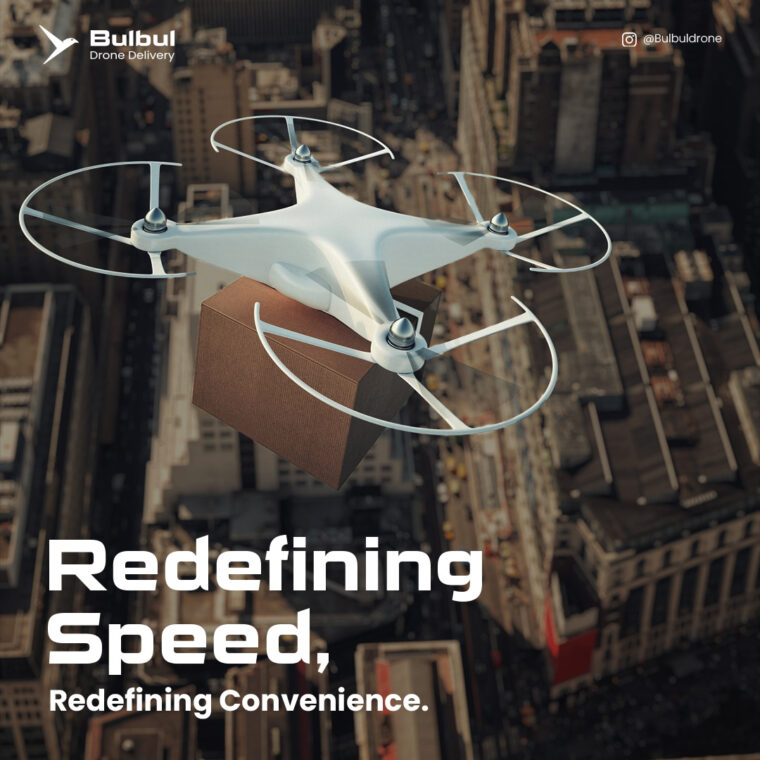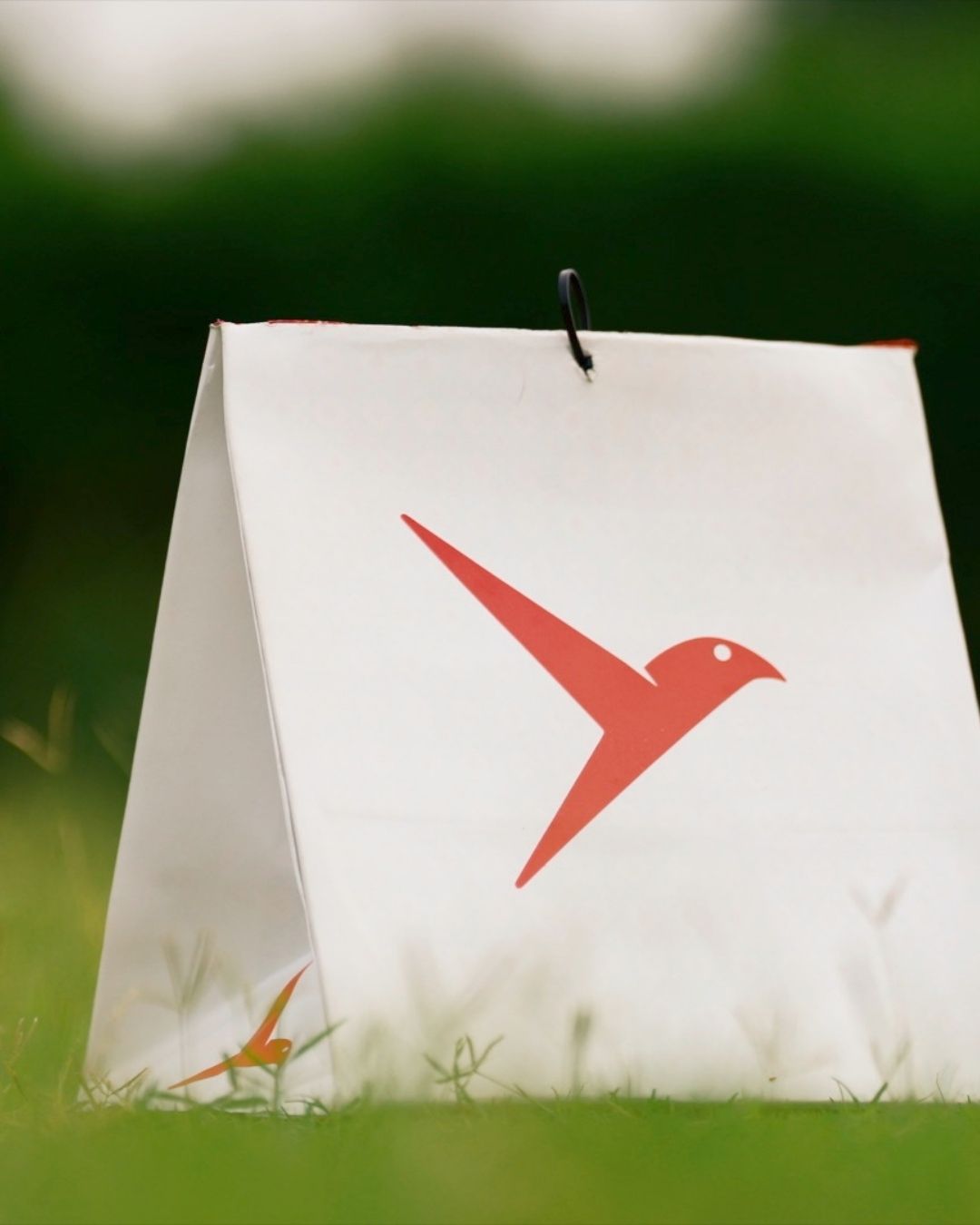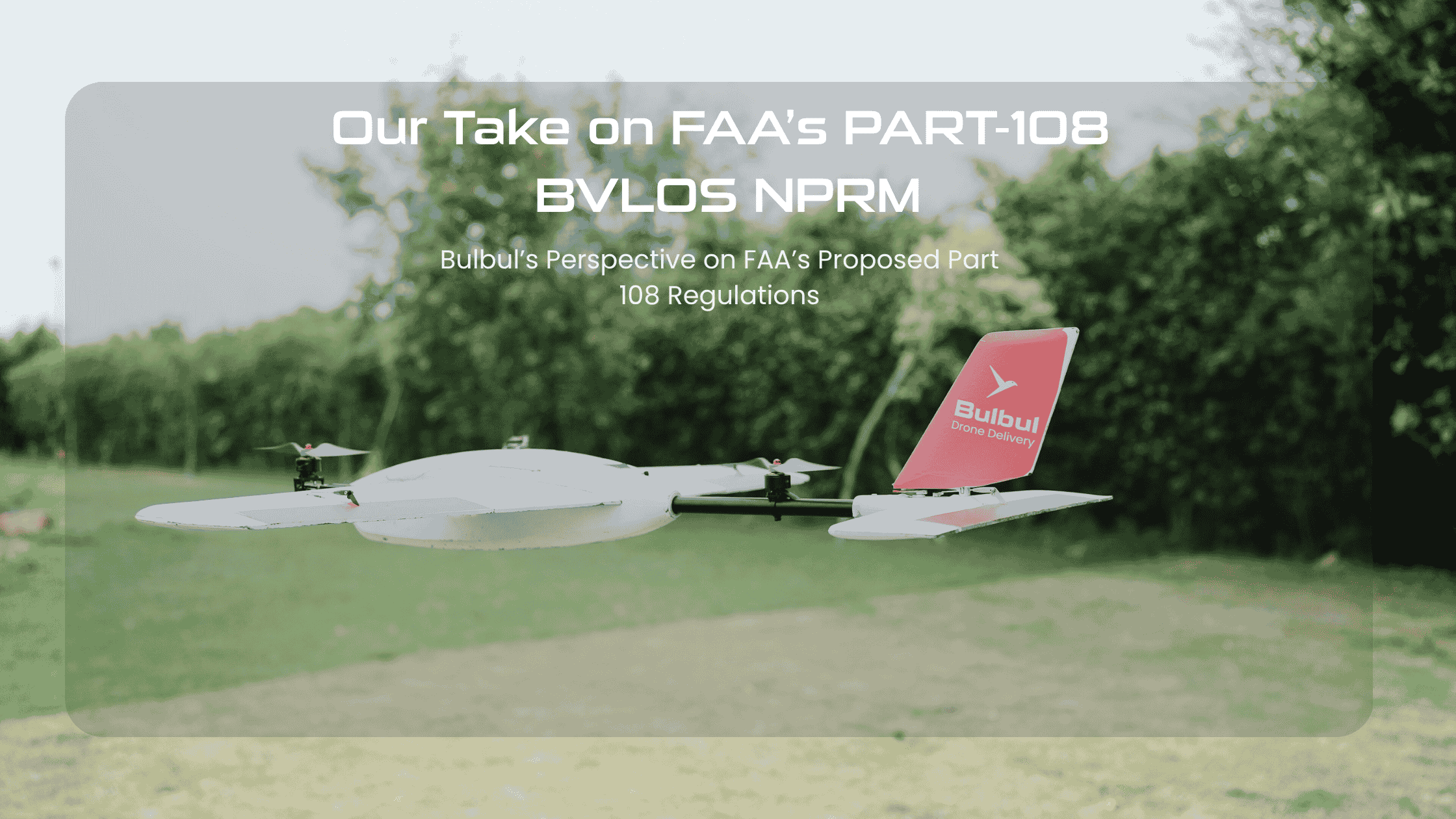The global logistics and transportation industry is undergoing a major transformation, with drone delivery at the forefront of last-mile logistics innovation. As urban congestion, rising e-commerce demands, and sustainability concerns continue to challenge traditional delivery methods, drones are emerging as a faster, cost-effective, and eco-friendly alternative.
In this blog, we will explore:
- The current state of the drone delivery market
- Key trends shaping the industry
- Future predictions for drone-powered logistics
- How Bulbul is driving innovation in this sector
By the end, you’ll understand why drones are revolutionizing delivery and how Bulbul Drone Delivery is at the forefront of this disruption.
The Current State of the Drone Delivery Market
Market Growth & Adoption
The drone delivery industry has grown exponentially in the last decade, fueled by advancements in AI, automation, and regulatory approvals.
Key Market Statistics:
- The global drone delivery market was valued at $1.5 billion in 2023 and is projected to reach $10.4 billion by 2030, growing at a CAGR of 38.6% (Source: MarketsandMarkets).
- The global drone delivery market was valued at $1.5 billion in 2023 and is projected to reach $10.4 billion by 2030, growing at a CAGR of 38.6% (Source: The Business research Company).
- The U.S. drone delivery market alone is expected to reach $4.4 billion by 2026, driven by increased FAA approvals (Source: ResearchAndMarkets).
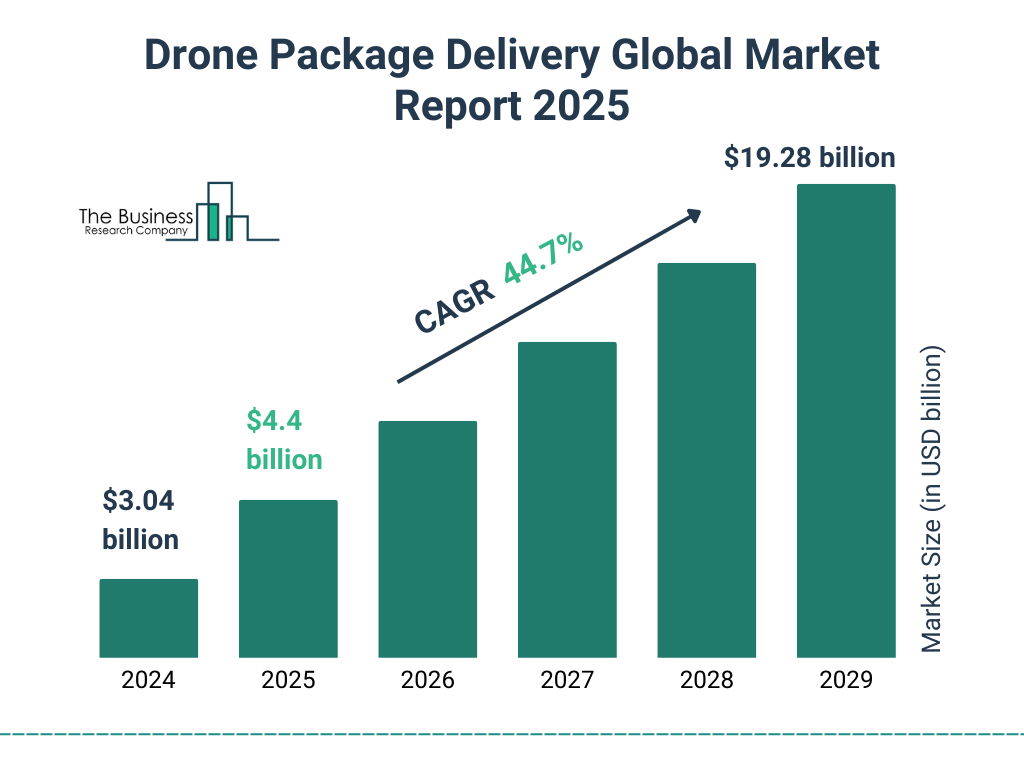
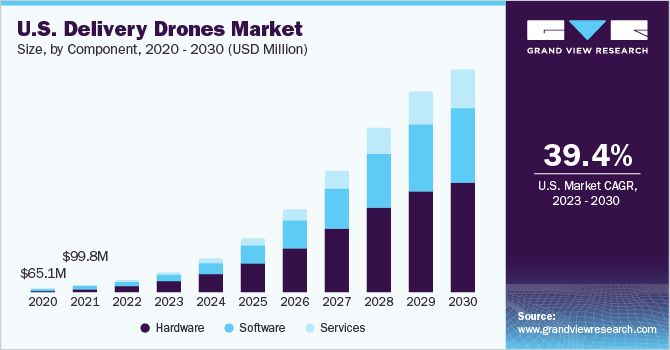
Adoption Across Industries
- Healthcare: Drones are being used to deliver vaccines, blood, and emergency medicines to remote locations.
- E-commerce: Major retailers are integrating drone deliveries to enhance same-day and one-hour delivery services.
- Agriculture: Drones are being used for precision farming, spraying fertilizers, and seed dispersal.
- Disaster Relief: Drones enable rapid aid delivery to areas affected by floods, earthquakes, and other natural disasters.
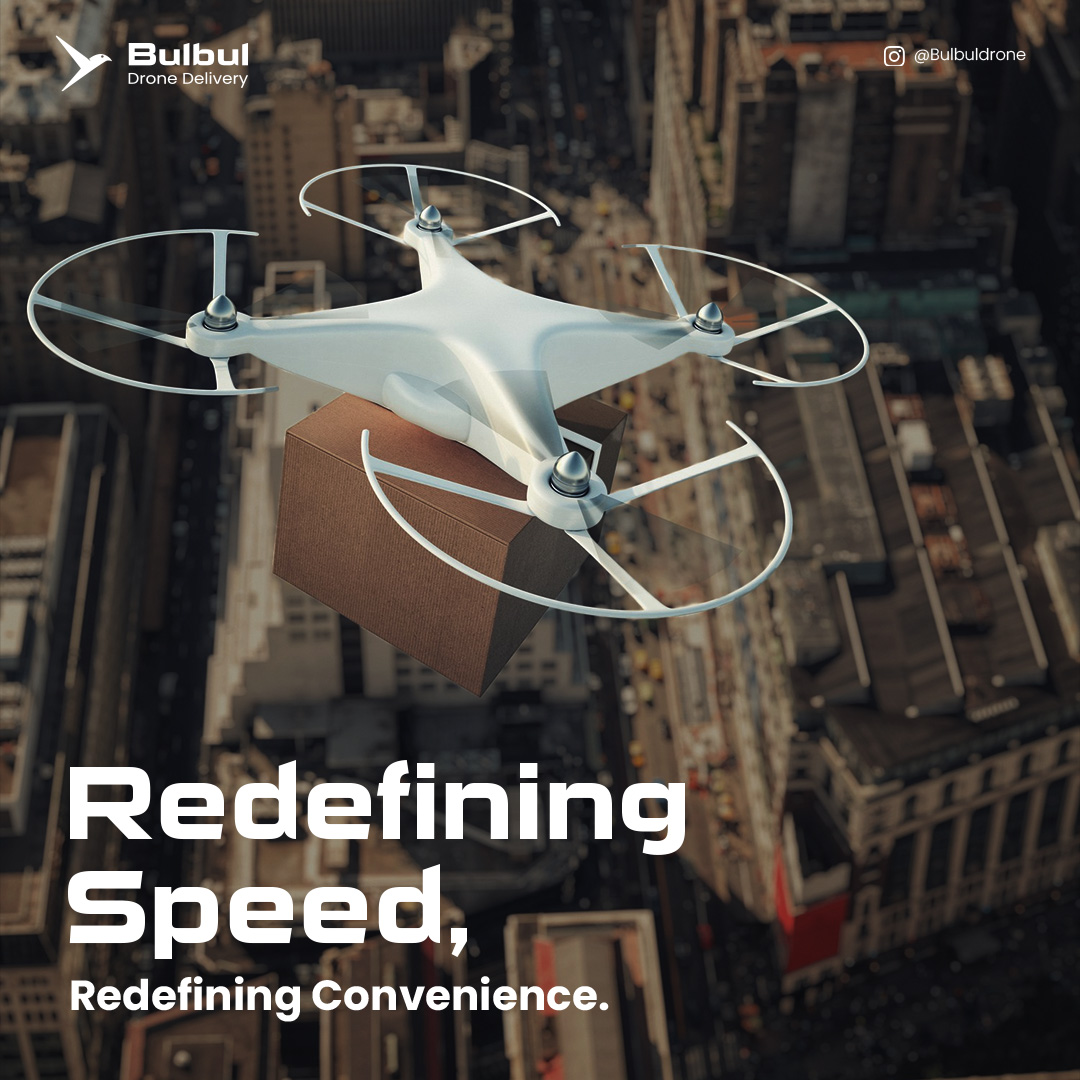
Key Trends Shaping the Drone Delivery Industry
Regulatory Developments
Governments worldwide are adapting regulations to enable commercial drone operations in controlled airspace.
Major Regulatory Milestones:
- FAA Part 107 & Part 135 Certifications: Enable commercial drone operations for package deliveries.
- BVLOS (Beyond Visual Line of Sight) Approvals: Allow drones to fly longer distances, eliminating the need for constant human supervision.
- LAANC (Low Altitude Authorization and Notification Capability): Provides instant authorization for drones to fly in controlled airspace.
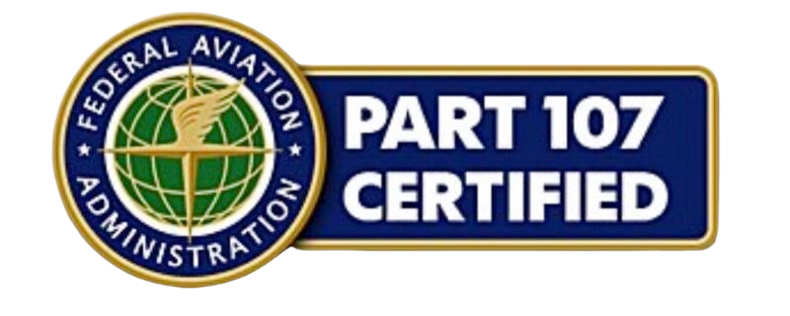

AI & Automation in Drone Operations
The integration of AI and machine learning is making drones smarter, reducing human intervention while enhancing efficiency and accuracy.
- Autonomous Mission Planning: AI-powered software calculates the safest and fastest delivery route in seconds.
- Dynamic Obstacle Avoidance: AI algorithms detect and avoid birds, buildings, and other airborne obstacles in real time.
- Predictive Maintenance: AI analyzes drone performance data to predict component failures before they occur, reducing downtime.
Drones are reducing greenhouse gas emissions by replacing fuel-powered delivery vehicles.
Key Sustainability Insights:
- A study from MIT found that drones reduce carbon emissions by up to 95% compared to delivery trucks.
- Electric drones have a smaller energy footprint compared to gasoline-based delivery fleets.
- Companies integrating drones into their supply chains can cut fuel costs by 60% while reducing air pollution.
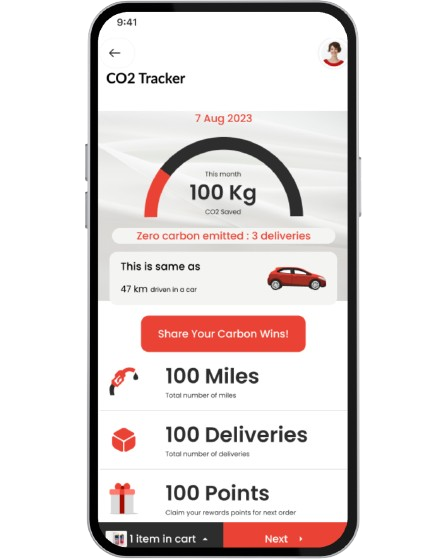
Future Predictions for the Drone Delivery Market
- Urban Expansion of Drone Networks: Cities will establish dedicated drone corridors for efficient last-mile deliveries.
- Scalability of Multi-Payload Drones: Future drones will carry multiple packages per trip, increasing efficiency.
- Integration with Autonomous Ground Vehicles (AGVs): Combining drones with AGVs will streamline warehouse-to-doorstep deliveries.
- AI-Powered Fleet Management: Advanced AI predicts delivery demand, optimizes routes, and enhances real-time traffic coordination.
Why Bulbul is Leading the Drone Delivery Revolution
AI-Powered ADFP (Automated Drone Fleet Platform)
Bulbul’s Automated Drone Fleet Platform (ADFP) is a cutting-edge drone operations management system with:
- Instant mission planning: AI-powered algorithm selects the fastest and safest route in under 5 seconds.
- Multi-drone handling: Seamless fleet coordination across multiple command stations.
- Real-time telemetry & analytics: Live drone tracking, predictive maintenance, and operational efficiency insights.
Advanced Hardware & Payload Systems
Bulbul has developed a custom fleet of drones to cater to different delivery needs:
- AeroCore™ technology: Secure, ultra-low-latency communication between drones and ground control.
- Multiple payload capacities: Drones equipped to handle medical supplies, groceries, and consumer goods.
- Emergency Response Features: Failsafe landing mechanisms, real-time weather adaptation, and emergency override controls.
Regulatory Readiness & FAA Compliance
Bulbul is actively collaborating with aviation authorities to ensure compliance with FAA’s BVLOS standards for nationwide deployment.
Our Regulatory Roadmap:
- FAA Part 135 Certification for nationwide drone delivery.
- BVLOS flight approvals for long-range operations.
- Strategic partnerships with government and emergency response agencies.
Join the future of logistics with us!
Want more insights? Lets collaborate and work towards the sustainable logistics solutions with Bulbul !
+1 949 - 910-5194
hello@bulbuldelivery.com






